AUTO-ACCIDENTS
Feel Like Yourself Again—Targeted Help for Hidden Injuries After a Crash
"Things don't necessarily happen for the best, but some people are able to make the best of things that happen."
— Tal Ben-ShaharMovement disorders are a group of neurological conditions that affect movement and muscle control. Movement disorders fall into two broad categories; either too much movement (hyperkinetic) or too little movement (hypo kinetic). They can cause a wide range of symptoms, including tremors, muscle stiffness, difficulty with balance and coordination, and difficulty with fine motor skills. Some common examples of movement disorders include Parkinson's, essential tremor, dystonia, ataxia.
understanding auto-accidents
How Does This Work?
01
Schedule your free 30 minute phone consultation with the doctor.
02
Take part in our 90 minute comprehensive initial examination.
03
We will create a customized care plan based upon your exam findings.
04
Join others who were just like you, now living the life they once remembered.
Why the Current Approach Fails
Movement disorders stem from various potential mechanisms, reflecting the complexity of their origins. In today's healthcare landscape, specialization down to the smallest detail has become the norm. This often results in patients navigating a maze of providers to uncover the intricacies of their chronic illness. Ideally, these providers are collaborating behind the scenes to unravel this web of chronic illness and enhance clinical outcomes but how often do you think that occurs?
Ultimate auto-accident guide
Unlock the secrets to effective management of movement disorders with our free PDF guide! Whether you're living with Parkinson's disease, essential tremor, or another movement disorder, this comprehensive resource is your ultimate companion in navigating the complexities of movement disorders. Packed with evidence-based strategies, practical tips, and expert insights, our guide covers everything from understanding the underlying causes to exploring treatment options and lifestyle modifications. Don't settle for generic information—this is the most comprehensive guide you'll find, meticulously crafted to empower you with the knowledge and tools you need to manage symptoms and improve quality of life. Download your free copy now and start heading down your road to recovery today!
We have seen patients just like you. Don't believe us? Check out our patient success stories to hear from patients just like you and the results they were able to achieve at Peak Brain Performance Centers.
Schedule a free 30-minute consultation call with Dr. Shem. During this call Dr. Shem will inquire about your health history to determine if Peak Brain Performance Centers aligns with your needs. If he believes we're not the best fit, he'll will then make a recommendation for a more suitable provider.
schedule a call with the doctor
join our community
Step into a transformative community designed specifically for individuals navigating chronic health challenges and seeking answers. In an era where self-proclaimed experts abound, we believe that true expertise is earned through years of dedicated study, hands-on experience, and a commitment to ongoing learning. True expertise is not merely about having knowledge, but about the ability to apply that knowledge effectively in real-world situations. Our community serves as a beacon amidst this sea of information overload, offering a haven where you can discover genuine insights and support, completely free of charge.
In a world where profit often takes precedence, we've chosen a different path. Our commitment is to provide unparalleled value, enabling you to navigate your health journey independently. By offering our resources freely, we give more people the opportunity to obtain the help they need. Moreover, we believe that those who demonstrate the dedication to engage with our content and actively seek personalized guidance are the individuals most likely to benefit from additional support. This commitment lays the foundation for a collaborative partnership where individuals who opt to work with us are not only the most qualified and motivated but also equipped with the essential skills to navigate their health journey autonomously. Ultimately, this approach streamlines the process, ensuring that our time and expertise are dedicated solely to those fully committed to their recovery. Our mission is not just to offer solutions, but to foster self-reliance and empowerment.
We envision a future where you possess the knowledge and tools to manage your health on your own. Whether you're actively seeking guidance or simply need a helping hand during difficult times, we're here to support you every step of the way. By breaking free from dependency, you unlock endless possibilities for growth and fulfillment. Join our community and embark on a journey of empowerment and liberation, where the power to transform your health lies within your own hands.

The prevalence of all common categories of movement disorders was 28.0%
Trusted by Patients & Doctors around the Globe
Rest easy knowing that you are receiving the best care so you can get back to being yourself.

book your appointment
We're thrilled to welcome you to our practice and eager to meet you in person. Schedule your first appointment today and let's embark on this journey together. Our team is dedicated to providing unique and personalized care tailored to your individual needs, and we can't wait to get started. Every day you wait is another day of unnecessary symptoms—your path to recovery begins here!














